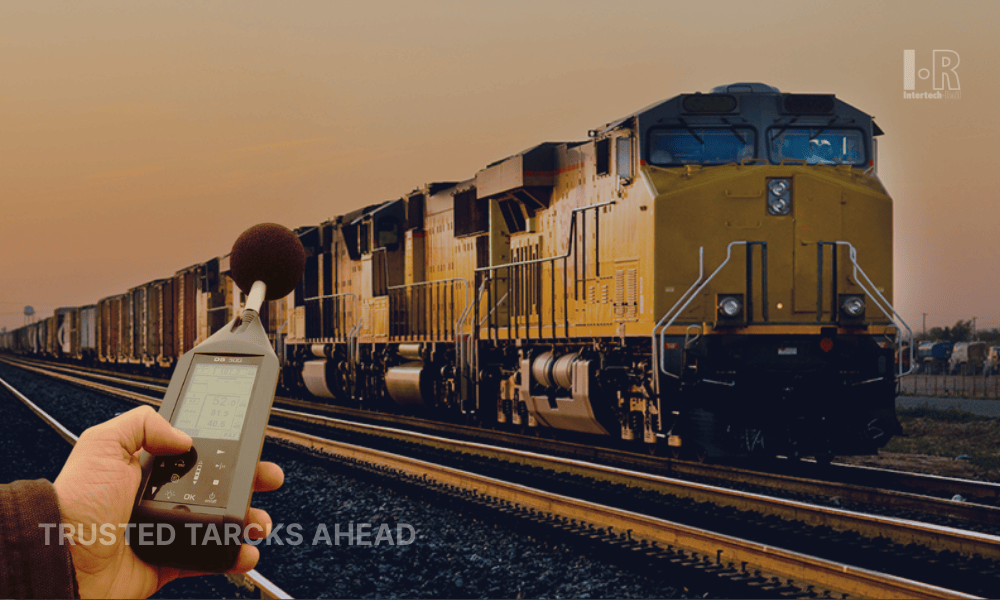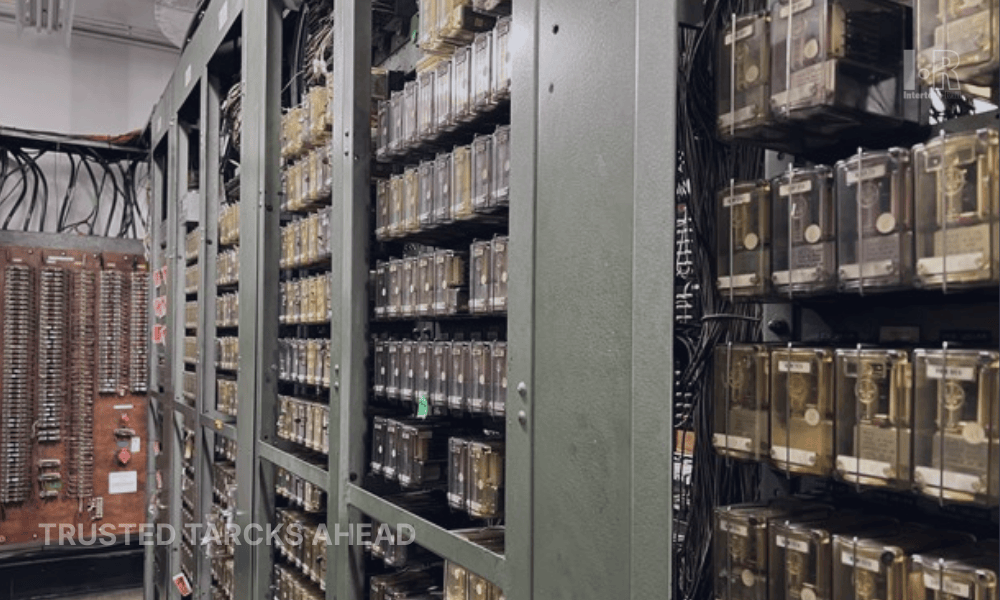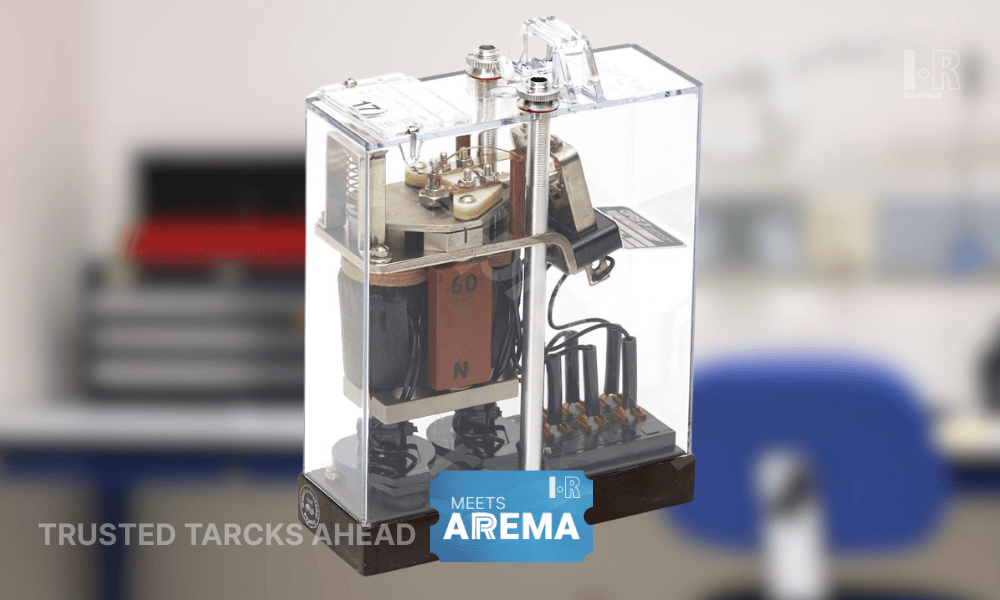Railway Noise Reduction
Railway Noise Reduction: Advanced Technologies and Strategies for Community-Friendly Operations

Understanding Railway Noise Sources and Impact: Trains are efficient. They move people and freight at scale. But they are noisy, and that noise carries. The biggest
noise sources are obvious to anyone trackside:
wheel-rail
interaction, traction motors, compressors, and even cooling fans. Over time, this becomes more than a nuisance. For operators,
railway noise reduction is no longer optional; it is part of keeping service reliable and community-friendly operations acceptable.
Primary Sources of Railway Noise
Most noise comes from the wheels. The steel-on-steel contact creates a rolling sound that grows with speed. Add rough surfaces or worn profiles, and the noise jumps higher. Freight adds low-frequency rumble, passenger stock adds high-speed whoosh. Every type has its own signature. And when equipment like HVAC units or brake systems engage, they add to the mix.
Noise Propagation and Environmental Impact
The sound does not stop at the ballast shoulder. It travels. Into houses, schools, and workplaces near the line. For people, that turns into health effects, fatigue, stress, and loss of sleep. Engineers see the numbers, but residents feel the disruption. That is why regulatory standards
exist, setting maximum levels in decibels. Meeting those standards is not easy, but failing them brings complaints, lawsuits, or worse: blocked projects.
Health and Social Considerations
Noise is not abstract. It shapes whether communities welcome rail or fight it. Local acceptance depends on visible
noise mitigation
measures. Without them, trust erodes quickly. And once a community sees rail as a disturbance, winning them back is hard. Engineers know this, planners know it too.
Noise Reduction Technologies and Solutions
Solutions exist, though none alone is perfect. On track,
vibration absorbers
and dampers reduce resonance. Rail grinding lowers roughness from wheel-rail interaction. Onboard, smoother wheels and skirts cut sound at the source. Around the line, sound barriers stand as the most visible fix. Walls are not cheap, but they are often demanded. Together, these steps add up. Each reduces a part of the problem; the goal is to keep exposure within tolerable limits.
Practical Approaches in Daily Operations
Noise control is not only about hardware. Daily practice matters. Grinding, lubrication, and checking wheels, maintenance is also noisy work. Monitoring helps too. When thresholds are exceeded, operators can lower the speed in sensitive zones. It is ongoing, not one-and-done. Anyone in maintenance has seen how fast untreated noise comes back.
Modern rail needs more than fast trains and high capacity. It needs quiet enough trains to live beside. Railway noise reduction
brings together sound barriers, vibration absorbers, operational changes, and respect for regulatory standards. Address the noise sources, reduce impact, and protect health. Strong noise mitigation plans make rail a neighbor communities accept, not resists. That is the real value of community-friendly operations.




